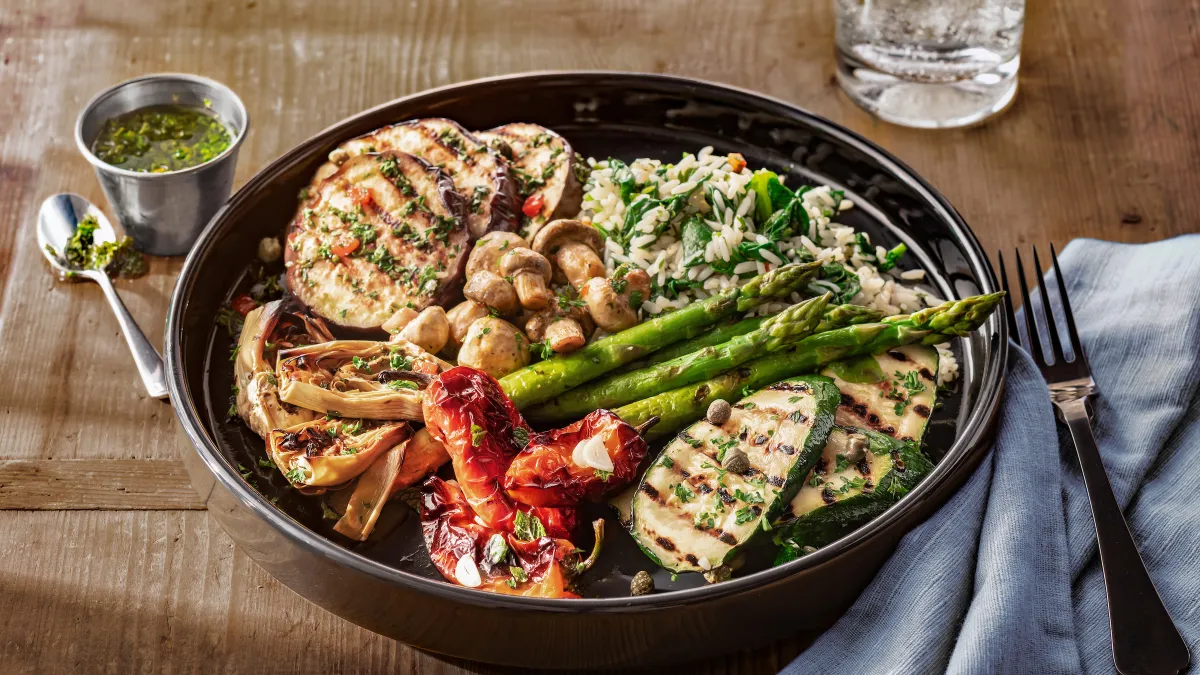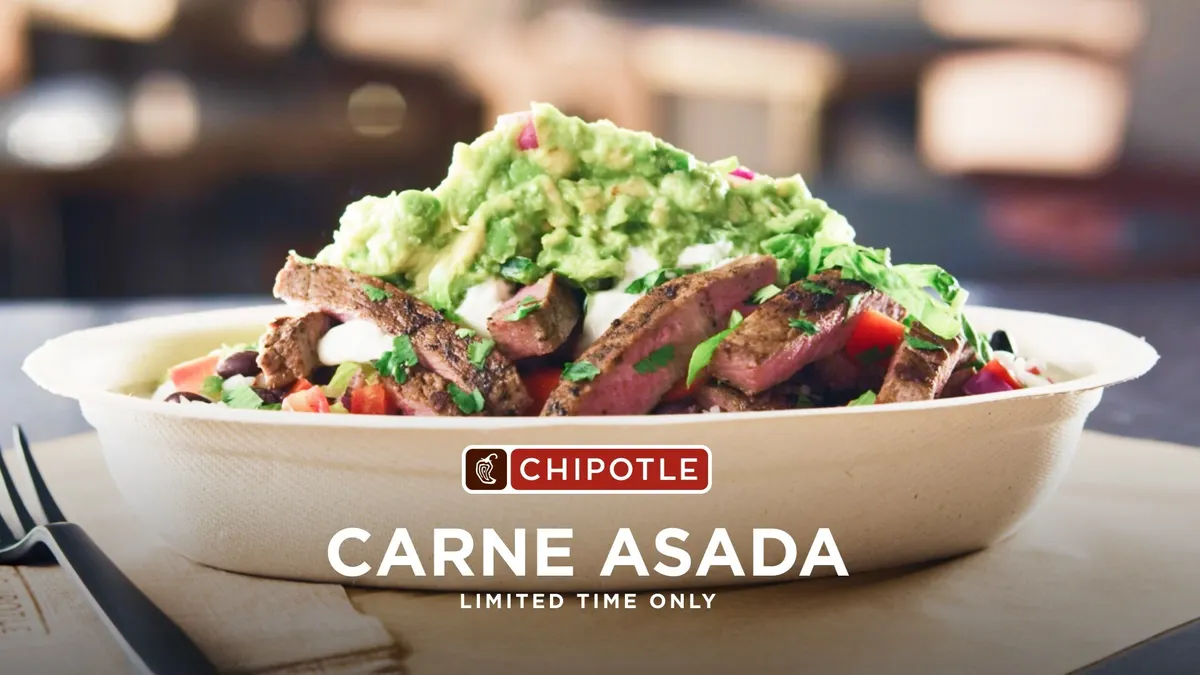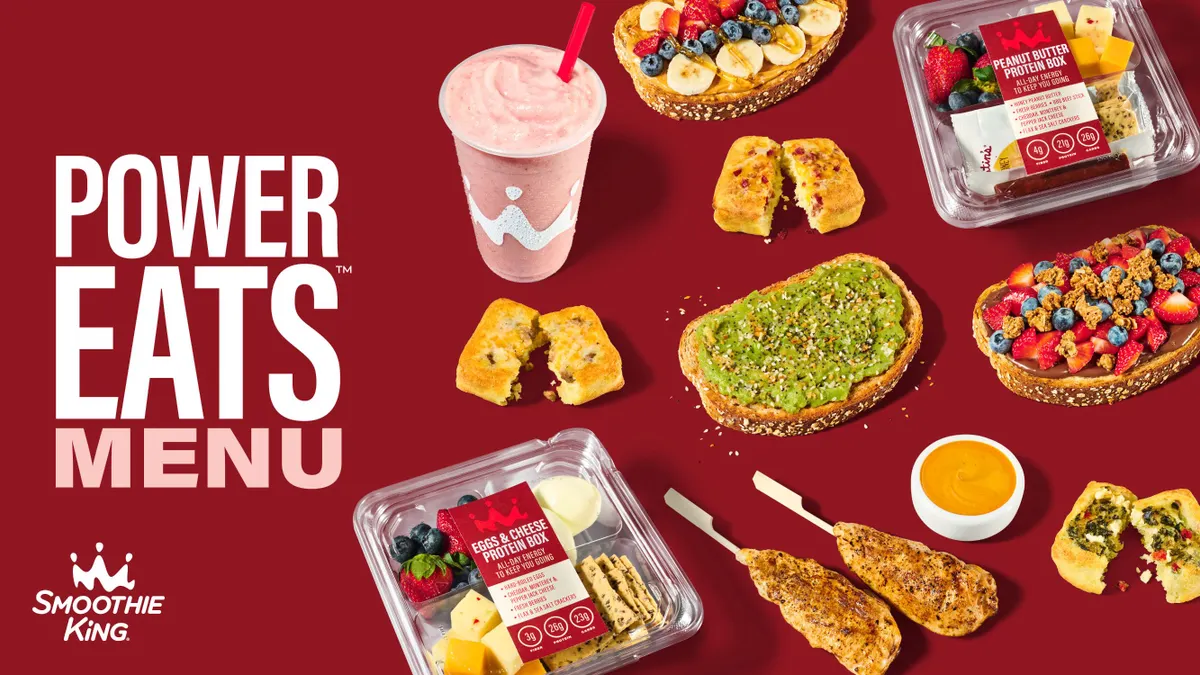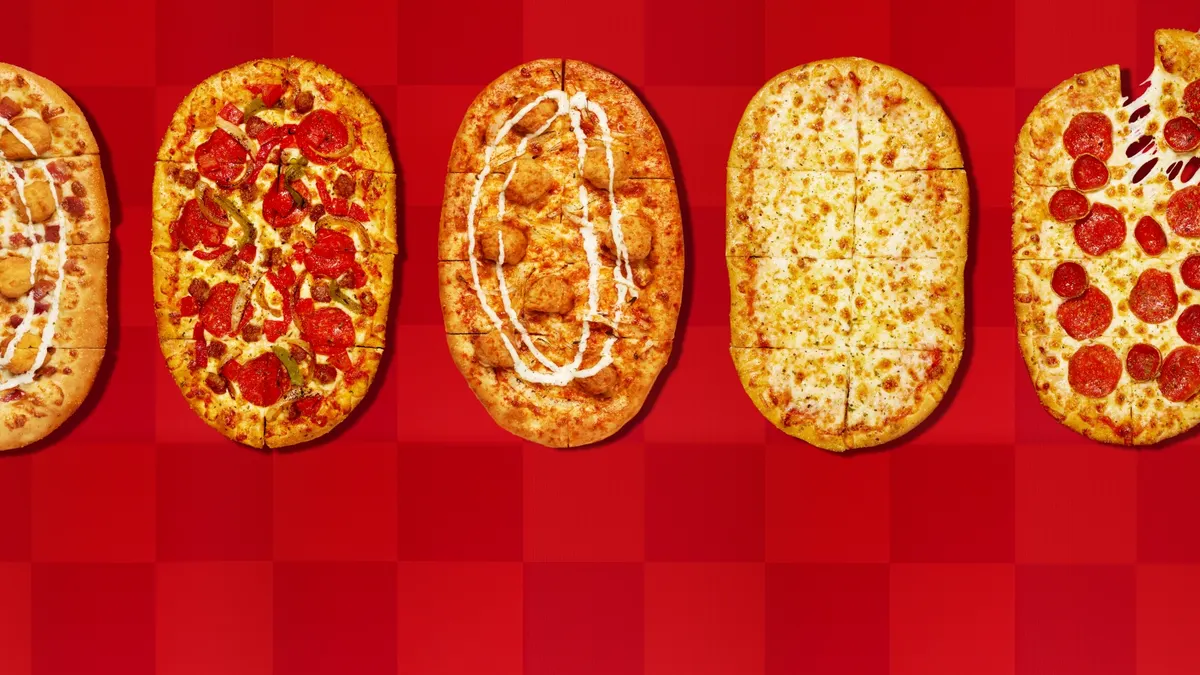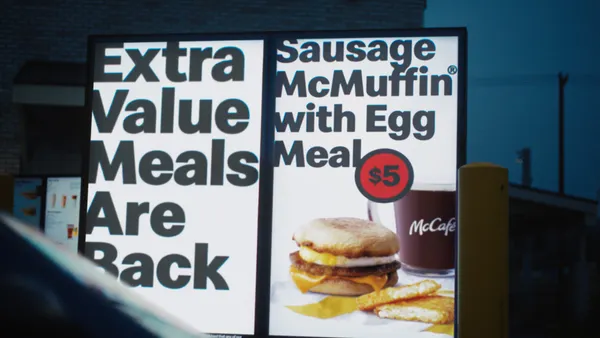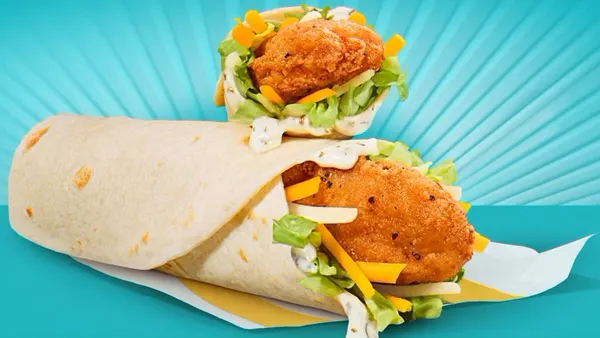For many restaurants a new season means a new menu. But Fogo de Chão, a 56-unit Brazilian steakhouse known for its fire-roasted cooking, is taking seasonality to the next level with vegetarian and pescatarian dishes.
A focus on fresh ingredients may seem odd for a chain synonymous with all-you-can eat meat, but Fogo de Chao CEO Barry McGowan said the approach broadens its reach.
“Our menu is completely customizable,” McGowan said. “Everybody can accommodate and curate their own experience at the table. Whether you’re a parent with a kid who has Celiac disease or a friend who is vegan, you can still go out and enjoy full-service and not feel omitted.”
The restaurant updates its menu three to four times a year to match the seasonality of fresh items. For its spring menu, Fogo is rolling out new salads with baby kale and microgreens, McGowan said. In summer, when watermelons are in season, the company typically offers a watermelon salad and watermelon frescos. Whenever an item is at its peak, Fogo will pull that forward on the menu, be that pineapple, papayas or other fruits and vegetables.
“Every month… We’re looking at what’s trending and then we basically try to seasonally adjust where we need to,” McGowan said.
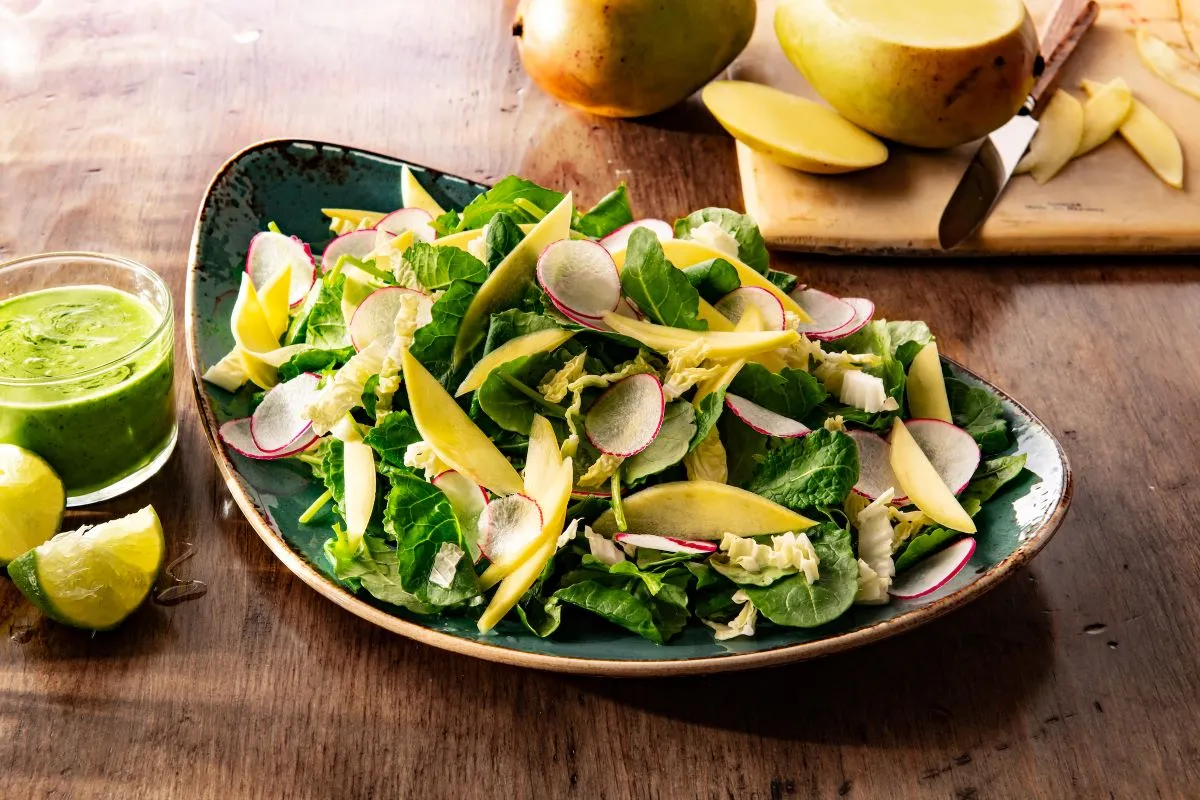
Fogo refreshed that menu for spring this week, pulling forward new plant-based offerings, McGowan said. The company already offers cauliflower steak as an entree and has added seared tofu with miso black bean pasta and a roasted “power” vegetable, such as roasted eggplant, marinated mushrooms, zucchini, asparagus and baby peppers, as entrees. Its Market Table, which offers various salads and side dishes similar to a mini buffet, now includes items like spring hummus, a baby kale and mango salad and apple manchego salad.
“We try to keep the nutrient-dense — we call them superfoods — relevant to the season,” McGowan said. “It gives us a lot of flexibility.”
Fogo’s spring menu also includes low-proof spirits from CleanCo that have less than 0.5% alcohol. Cocktails include an Espresso Martini, Clean Cosmo, CleanR Sour and Clean Cucumber Martini.
All of these menu additions are to appeal to its core customers. Fogo’s customer demographic is 87% millennial, Gen-Z and Gen-X, 41% female and 20% families, McGowan said. Given this demographic, Fogo is focusing on curating menu items that better cater to these groups, which tend to be made up of “food explorers” who are willing to try new things, he said.
“With the rollout of our new dining choices and clean cocktails, we continue to offer our guests the variety and discoveries they crave while doing it in a wholesome and flavorful way,” McGowan said in a press release.

To stay in tune with this younger demographic, Fogo reviews social sentiment and what customers are saying about the brand.
“We’ve got really strong brand love and our social sentiments are high. We listen to what they’re saying,” McGowan said. “It’s a wide open industry … We look for gaps in the market.”
Sometimes, this goal to differentiate means bucking big menu trends. One fall, when root vegetables were the rage, Fogo added a winter citrus fruit salad that was very popular since it wasn’t what other restaurants were offering, McGowan said.
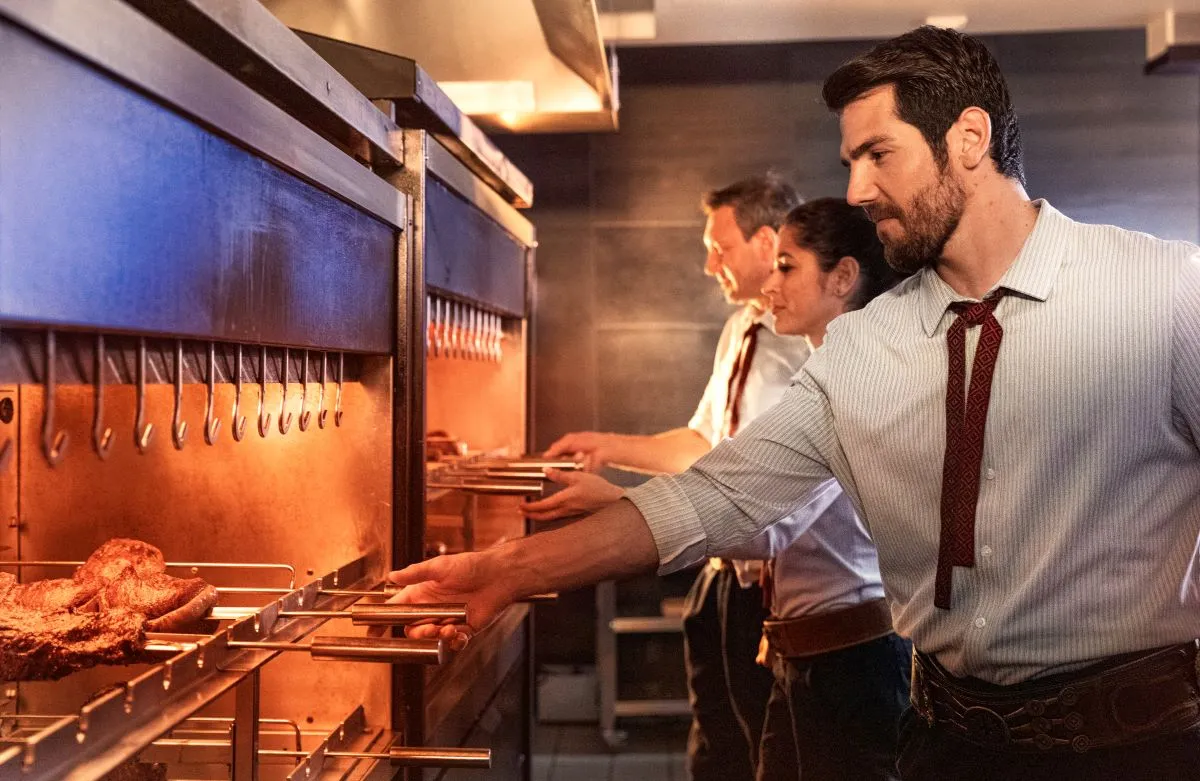
Leveraging different brand activations
While Fogo is constantly innovating its menu, it is also incorporating new brand elements as it grows and opens new locations. Earlier in the COVID-19 pandemic, when it was difficult for consumers to buy beef from grocery stores due to supply chain issues, Fogo set up an online butcher store. It has kept that store as part of its online menu, which became so successful Fogo opened an on-premise butchery at its Coral Gables, Florida, restaurant. This was an easy addition to the restaurant, McGowan said, since Fogo butchers meat in the back of house daily. The location simply had to merchandise some of this product at the front of the house. It also has chefs helping customers choose the meats.
The Coral Gables location also has a Next Level Lounge, which serves craft cocktails, South American wines and premium whiskey and bourbon. The Next Level Lounge was created to provide a place for social occasions where guests can partake in affordable cocktails.
In a San Francisco location, which has a heavy office population, the brand set up a Fogo Market for customers to grab pre-packaged items from the Market Table to take back to their offices.
These extensions, in particular the Fogo Market, will be added to future restaurants where space allows.
“Over the last 26 years we have proven portability in America,” McGowan said. “Now we're building the brand. We're penetrating [by] building restaurants, creating unique spaces. And if you look at the last 16 [units] we've opened…all of our restaurants are designed uniquely to the space.”
The company has over 50 locations, with a restaurant opening this week at National Harbor, Maryland, and another forthcoming in Woodland Hills, California. In the last month, Fogo opened a unit in Paramus, New Jersey. Development on these restaurants were started three years ago, highlighting how the company plans three years out. This year, the brand expects to open 10 to 12 total units and is already building out its 2024 and 2025 pipeline. Fogo targets 15% annual growth, he said, adding that the company has seen this over the last five years.
“We’re building out markets where we are so our awareness is growing,” McGowan said. “Trial and frequency are picking up at the same time.”
A three-year pipeline is particularly helpful to Fogo from a human capital standpoint. The company already has 50 managers certified to become general managers and 150 team members certified to become managers. Fogo is 146% overstaffed in its restaurants compared to 2018, and it has never been understaffed, McGowan said.
“This is why we performed really well through COVID and post-COVID,” McGowan said, adding that being overstaffed has led to less stress and more fun for its employees.
Fogo focuses on career development to give employees opportunities for growth. It promotes all its managers from within. The most seasoned GMs move to new restaurants and a manager in the existing restaurant is moved up to the GM spot, which allows the company to open its newest restaurants with its most seasoned talent, he said.
“Going back to all the innovation, all the design work, our site pipeline, our talent, are all basically rewarded with that demographic because we’re serving what they want,” McGowan said. “That’s why they keep coming back.”



